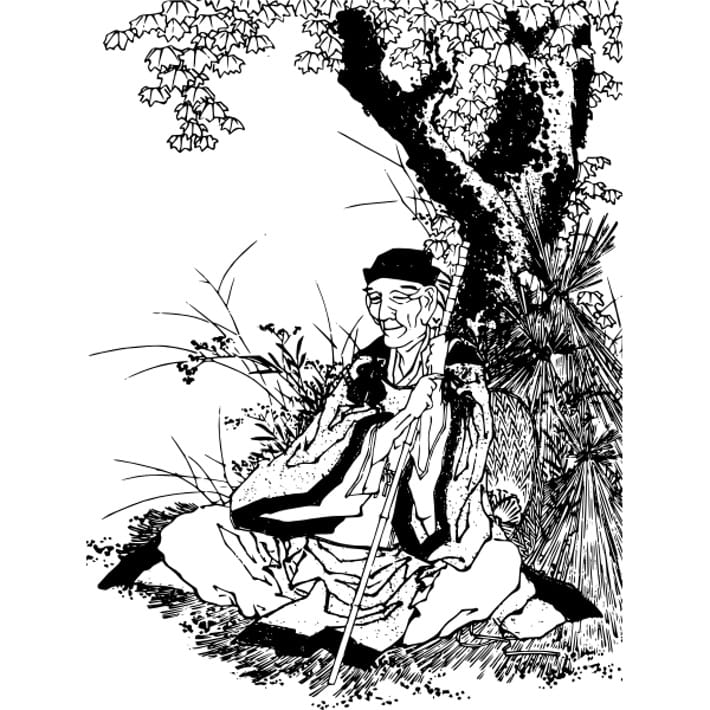Matsushima Bay is a beautiful bay dotted with 260 islands of varying size on the coast of Miyagi prefecture, 15km north of Sendai, the prefectural capital. It owes its name to the pine trees that grow on the islands in the bay.
In the early Edo period, a Confucianist named Hayashi Shunsai walked the length of Japan and selected three spots for their spectacular views. One of them was Matsushima Bay, which has ever after been known as one of the country’s ‘Three Great Views' (the other two are Amanohashidate in Kyoto and Miyajima in Hiroshima).
There are four well-known spots from which to view Matsushima Bay: the Magnificent View (壮観, sokan), the Beautiful View (麗観, reikan), the Enchanting View (幽観, yukan), and the Grand View (偉観, ikan).
However, some say that Matsushima Bay is best seen from Kanrantei, the "moon watching palace" of the Date family, who ruled this part of Japan in the feudal era. The palace was originally part of Fushimi Momoyama Castle (which was built by Toyotomi Hideyoshi, the daimyo who unified Japan) and was only later moved to this location. Kanrantei is a pleasant place to have some matcha and eat some traditional sweets while looking out over the bay.

Others say the best view is not of the bay at all, but of the moon over the cedar woods at the approach to Zuigan-ji temple. Zuigan-ji was founded in 828 and was rebuilt by Date Masamune over five years from 1604. The magnificent sculptures on the main temple building were created during the Momoyama period (16th century). The main building and temple kitchen are national treasures and important cultural properties.
Sendai and the town of Matsushima both sustained severe damage during the earthquake and tsunami of March 11, 2011. In Matsushima, sightseeing boats were washed ashore and the Togetsu-kyo bridge crossing to Oshima Island, where the haiku poet Bashō’s poem monument is located, was destroyed.

Fortunately, the islands in Matsushima Bay absorbed much of the devastating power of the tsunami, ensuring that Matsushima didn’t suffer the same cataclysmic damage as did other parts of Tohoku, and was able to make a relatively rapid recovery.
Basho Cruise (The Narrow Road to the Deep North Course) travels along the same route that Bashō took. It runs between Matsushima and Shiogama, departing from either side of the bay. For more information, visit the following website or call Marubun Matsushima Kisen on 022-365-3611.
For more general information, see the Matsushima Tourism Association's website, which has a page in English here.
Read more stories from grape Japan.
-- Begin your Pokémon journey in style with the Slowpoke airport bus
-- Tōshō-gū in Ueno Park is the real deal – a shrine dating back to 1627
-- Chingodō in Asakusa: a shrine dedicated to tanuki (raccoon dogs)
- External Link
- https://grapee.jp/en/
 Take our user survey and make your voice heard.
Take our user survey and make your voice heard.















No Comment
Login to comment